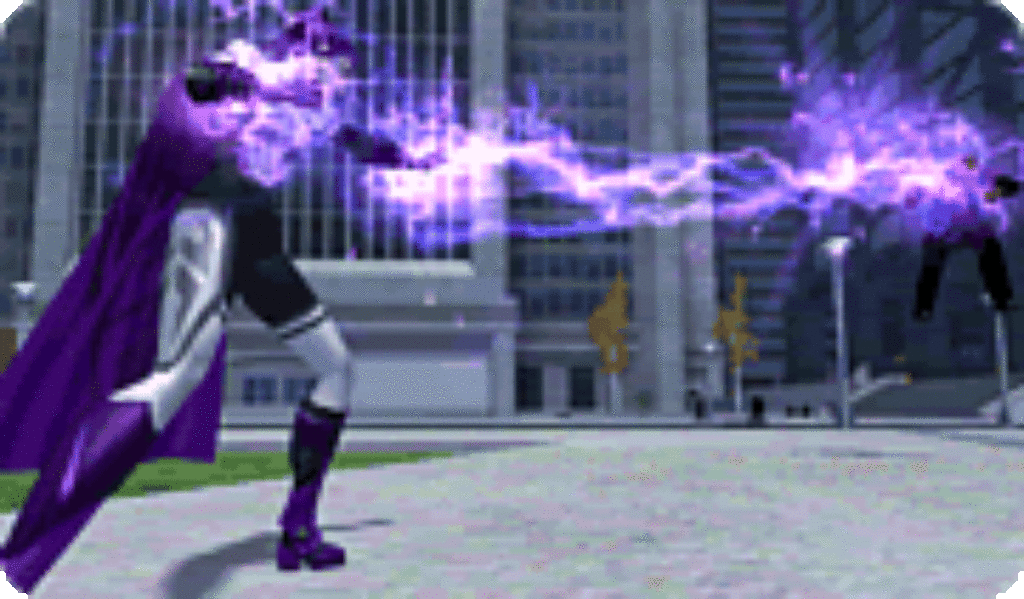
You can go ahead and admit it. At some point in your life—whether it was while watching a recent comic book adaptation at the movie house or during a childhood afternoon with a copy of Spider-Man—you wondered what it might be like to be a superhero.
The gamemakers at NCsoft are already one step ahead of you, hoping that their new massively multiplayer online game City of Heroes: Going Rogue is just the ticket to turn your daydreams into reality. Or at the very least digitize your superhero fantasy. No radioactive arachnids, failed science experiments or glowing meteors are required.
A Hero’s Origin Story
Back in 2004 the first City of Heroes game hit the Internet. It was soon followed by City of Villains—just to keep all the evil henchmen and mad scientist wannabes happy. Each group had separate worlds and missions. But now, with Going Rogue, everybody’s being offered a fresh starting point and a new way of choosing whether you want a twinkling smile or a snarling glare plastered across your square-jawed face.
Gamers can import an already established character or start out by creating a brand-new supercharged guy or gal through one of the most detailed character creation systems ever constructed. First you pick from 10 different Archetypes. Would you prefer to be a close-quarters combatant who grows stronger the longer he’s in battle, called a Brute? Or perhaps you’d want to be a Controller, a gal who uses her powers to hold enemies in place so they can be fought at her leisure rather than all at once.
From there you layer on a power set. And we’re not just talking heat rays or super-strength. You’ve got gravity control, electrical assault, a ground-shaking ability, entangling plant powers—the choices go on and on. It’s a real challenge, in fact, just settling on one direction with so many possibilities. On top of that, as the game unfolds your powers increase and expand, and a leveled up Power Pool of new abilities like flight, super-speed and teleportation become available.
You’re not done yet. Now you get to pick your heroic look. And the game gives no short shrift in this department either. From a caped crusader to a muscular ninja to a school girl with a kitten on her shoulder, the choices are myriad.
Growing Into Your Superself
You probably think the whole thing revolves around picking and choosing your superyou. But it’s only the beginning. There’s still a infinitely extendable game to play. (This process takes patience, persistence and whole lot of free time.) Going Rogue is set in a world called Praetoria that’s dominated by the tyrannical Emperor Cole. This big boss is presented as a good guy who wants to protect his people. But does he really? Turns out he’s crossing some pretty serious lines to “keep the peace,” including reading citizen’s minds.
So you’re given the choice to help protect Praetoria’s Loyalist status quo or join in with the Resistance.
It doesn’t really matter which faction you choose to support, though. What matters are the moral choices you make along the way. Those are the things that shape your origin story. You start the game with either a neutral, heroic or villainous alignment and your actions inform who your superdude or -dudette will become. With poor choices, heroes can become vigilantes and then villains, while an initially bad guy can win his way from villain to rogue to hero.
An example: One mission states that a foreign dignitary is being held hostage by a group of terrorists. You can rescue the dignitary, thus saving her life and preventing a worldwide diplomacy problem—and pumping up you hero status. Or you can hunt down and assassinate the terrorist leader, thereby cutting the plot off at its root, but leaving the dignitary to a dubious fate. This choice can set a hero down the path to vigilantism.
By the time you reach level 20, you will have found your alignment footing and finished your origin story. Then you must move on from Praetoria to the included City of Heroes or the City of Villains to continue your journey.
Rips in the Supersuit
Back to the game’s character creation system again for a moment: You can control your character’s heroic proportions—and that means if it’s a she, her bust line. You can dress her in teeny bikinis, Barbie style, if you’re so inclined. You can also create zombies and werewolves. (Neither is very severe.)
There’s lots and lots of blasting and bashing on hand, but no blood or bruises. And when you fall in battle, you regenerate unscathed at a local hospital. As for the villainy, language stays mostly above the fray. “That’ll be a cold day in hell,” was the harshest bit of dialogue I ran across. And even the bad-guy missions didn’t feel too extreme. Planting bombs in a hospital and rounding up victims who would be “fed” to zombies were the ickiest assignments, but no visuals accompanied them.
Spiritually, summoners can raise up demonic entities, seers can read Tarot cards and shamans can call zombies from the ground.
Those are hardly the kinds of things Spidey is used to running across—as least not in his big movies. So they should give families pause. Oh, and you also have to pay a monthly stipend to keep going. And going. And going. Since this is an MMO that sends gamers on to other hero worlds, the gameplay virtually never ends.
Superman could reclaim lost time if he flew fast enough. You can’t. So factor that in, too, while eyeing the idea of stitching up your own custom-made supercape.

After spending more than two decades touring, directing, writing and producing for Christian theater and radio (most recently for Adventures in Odyssey, which he still contributes to), Bob joined the Plugged In staff to help us focus more heavily on video games. He is also one of our primary movie reviewers.